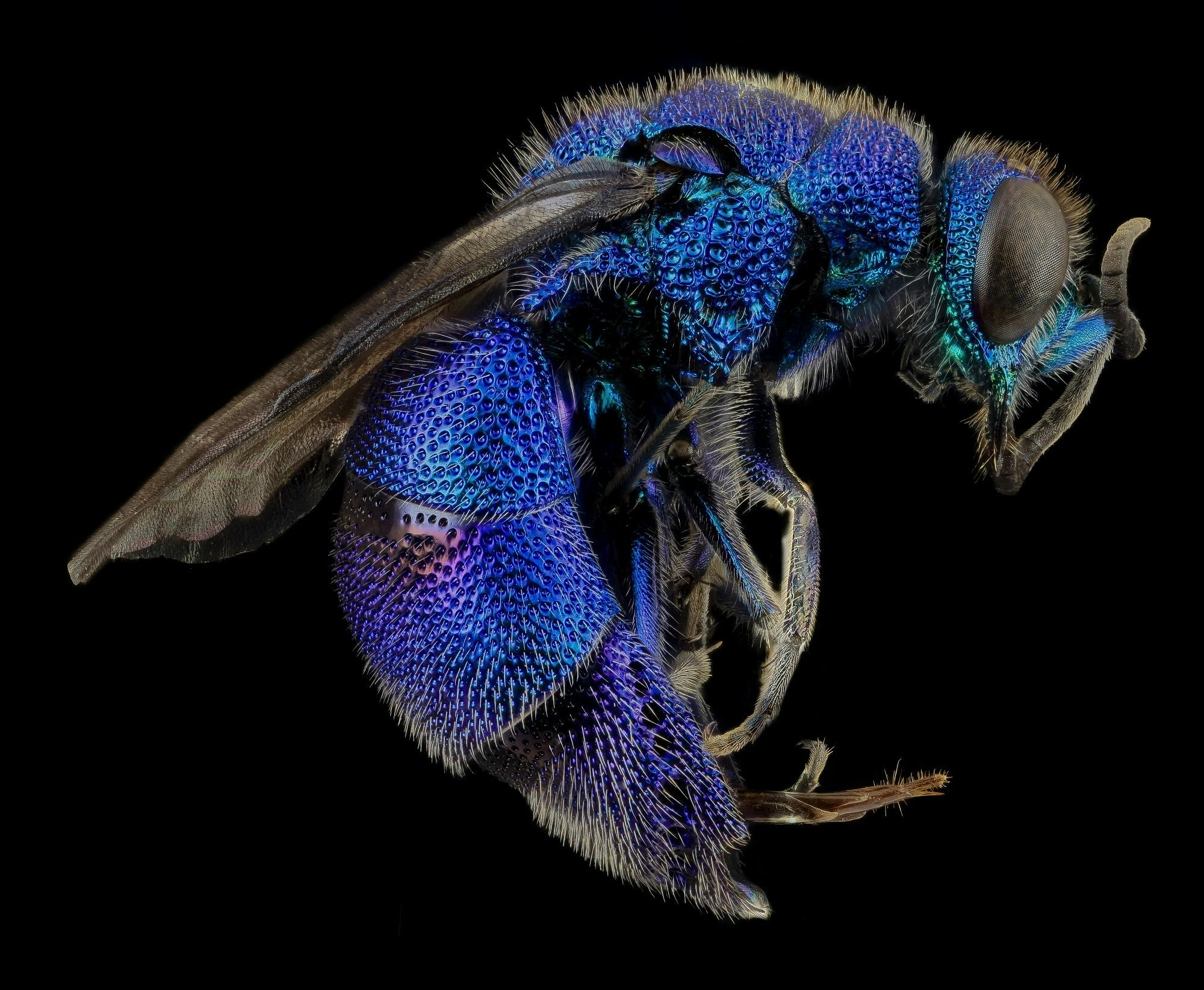

Their entire body is shiny black in color, with pale whitish or yellow spots on the sides of their torso (thorax). Just as their name suggests, the Common Thread-waisted Wasps can be recognized by their characteristic narrow waist. They have a mostly black body with occasional bands of yellow, a pair of brownish, plastic-like wings, three pairs of orange legs, and a stinger at the end of their body.Ĭommon Thread-Waisted Wasp (Eremnophila aureonotata) However, the cicadas are consumed by the larvae, and the adults mainly drink nectar from the flowering plants. They have strong legs and a quick stinger, which they use to immobilize the cicadas. These wasps are reputed for hunting and killing the cicadas in mid-flight, which is why they have been named so.

The Cicada Killers are a large, predatory species of wasps.

They have a blackhead, black antennae and legs, long black wings, and a red body. However, it is not actually a tail but instead a long ovipositor, a tube through which they deposit their eggs safely in the trunks of trees. Both sexes appear alike except for the tail-like structure possessed only by females. The Blue-winged Wasps are considered to be the friend of gardeners since they protect their flowers from the destructive insects, Japanese Beetles.īraconid Wasps are teensy wasps that can easily be confused with flies, except for their bright red color and long tail. The best way to recognize these wasps is by their orange abdomen and two bright yellow spots present close to their waist.Īlthough they are considered to be a non-aggressive species of wasp, the females tend to get more defensive and can even sting when mishandled. They might not even appear blue from a distance but are bluish-black. Although the females cannot sting, they try to scare away any potential threat by poking them with their tails.ĭespite their name, the wings of the Blue-winged Wasps are not the most prominent feature of their body. Instead, they use the tail to deposit the eggs on the grubs underground so that their larvae could feed on them from inside out when they hatch. On the other hand, the females have a long, thin abdomen, longer legs, and a long tail that appears like a stinger but isn’t. Although both sexes have the same glossy black body, the males have a short abdomen, bulging legs, and a swollen tip that they use to sting.


 0 kommentar(er)
0 kommentar(er)
